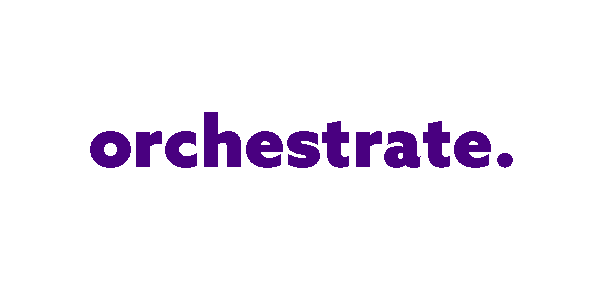Leads are gold for your sales team. The more qualified a lead is, the more value that lead is to sales. Lead scoring is a way technology can assist you to identify the most qualified leads, improve conversion rates, increase revenue, and help your revenue teams to work more efficiently.
The benefit of lead scoring is that it enables you to determine a prospect’s current level of interest in your business and uses that information to trigger a more relevant experience. This serves to speed up the sales cycle by moving a prospect forward with each interaction. Additionally, lead scoring ranks the demographics of the prospect such as title, industry, company revenue to ensure the prospect fits with your ideal customer profile.
Start your leads on the right track
No sales team has time to chase every lead equally. We use lead scoring to rank leads and determine their readiness to close. From their first interaction leads are either fast-tracked for sales to pursue or they are placed into a nurture track for further qualification. Along with demographic attributes, firmographics such as company size, industry, and number of employees, as well as behavioural scoring, such as clicks, keywords, web visits and linkedIn engagement. The goal is to identify which leads are ready to move to sales and which leads require further nurturing.
A well designed lead scoring approach not only helps to rank prospects against one another, but can smooth the lead flow and serve as the baseline for building a range of business rules that include lead ownership, role and focus sales pipeline activity, which drives customer facing reps to engage in more targeted, relevant and meaningful conversations.
“Lead scoring is a way technology can assist you to identify the most qualified leads, improve conversion rates, increase revenue, and help you to work more efficiently.”
Better leads, better returns
We’ve all heard the cliche – right lead, right time, that’s where the true value sits for lead scoring, it also helps you to achieve financial efficiencies.
By ensuring that your reps or sales people work more efficiently focusing on the leads that are more likely to convert lead scoring typically increases sales productivity, along with revenue growth. An increase in sales velocity goes directly to the EBIT line and that’s great for business.
As an example, if we typically sent 1,000 leads to sales for prospecting every 6 months and 20% of those leads converted at a deal value of $50,000, you’d achieve $25m at the revenue line.
What if we sent 600 leads to the same sales team for prospecting and 40% converted at a deal value of $62,000 (removing the undesirable sales), you’d achieve $32m in revenue and you’d likely have less problems moving forward as your qualification process has already excluded potential problem clients or clients who are a poor fit.
Improve sales productivity
All sales tasks vary. Sales reps who spend most of their time cold calling, or following up with poorly qualified leads will naturally lag behind those who make prospect visits, give demos, and explain your companies solutions to target prospects. Because scored leads are better prepared by the time they are received by sales, your team will spend less time nurturing them.
Going from consideration to conversion
Lead scoring is an integral part of lead management. By tracking your prospects online behaviours and web activity, you can determine their level of interest in your solutions – in addition to your level of interest in them. Only by combining both of these factors can you send qualified leads to sales, promote sales and marketing alignment, and enhance revenue performance.
When you invest in lead scoring, you make the most out of every lead that enters your database. This helps you increase the success of your marketing campaigns, create high quality and quantity of sales leads, and increase conversion rates and revenue growth.
While lead scoring is an integral component of lead management it requires a planned approach. For organisations that need to create and qualify demand at scale, we conduct lead management taxonomy and operationalisation exercises, develop and apply traditional lead scoring models and define lead nurture infrastructure.





